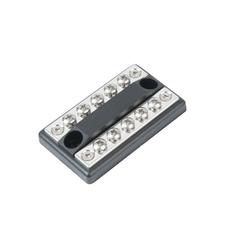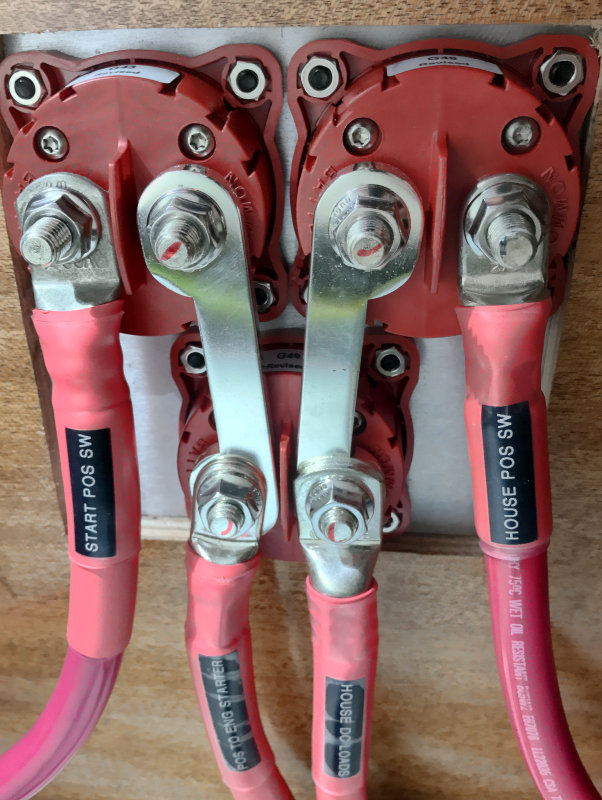I've just purchased a 1983 Catalina 25 with only basic electric systems (only cabin lights and navigation lights). It doesn't currently have a depth finder, etc.
The previous owner did an immaculate job restoring most of the boat, except for the wiring. The wiring technically works, but there's a billion splices that aren't up to snuff, with wires that are spliced and change colors once or twice down the line.
I've diagrammed all the current wiring and am planning to rewire the boat since it's all currently accessible. I found the attached chart which identifies the appropriate color to use for each system, which I intend to follow. I find life is much simpler when I can look at a wire any point along the way and determine what the wire is for.
In the chart, there's only a listing for one black (or yellow) wire for the neutral return. I'm purely doing DC wiring.
The question is... is it normal to use a single black neutral wire for all the systems that's spliced together where necessary? Or would you use a separate black neutral wire for each system and somehow color code it (for example, add dark blue nail polish marks every 12" so you know which system the neutral belongs to)?
The previous owner did an immaculate job restoring most of the boat, except for the wiring. The wiring technically works, but there's a billion splices that aren't up to snuff, with wires that are spliced and change colors once or twice down the line.
I've diagrammed all the current wiring and am planning to rewire the boat since it's all currently accessible. I found the attached chart which identifies the appropriate color to use for each system, which I intend to follow. I find life is much simpler when I can look at a wire any point along the way and determine what the wire is for.
In the chart, there's only a listing for one black (or yellow) wire for the neutral return. I'm purely doing DC wiring.
The question is... is it normal to use a single black neutral wire for all the systems that's spliced together where necessary? Or would you use a separate black neutral wire for each system and somehow color code it (for example, add dark blue nail polish marks every 12" so you know which system the neutral belongs to)?
Attachments
-
82.8 KB Views: 810




